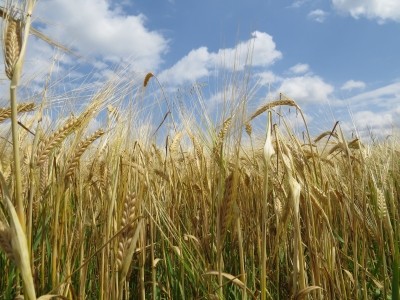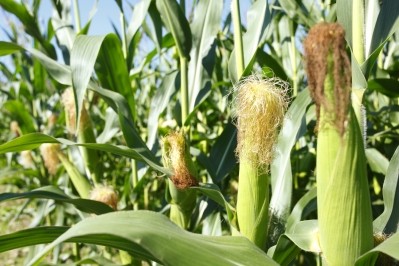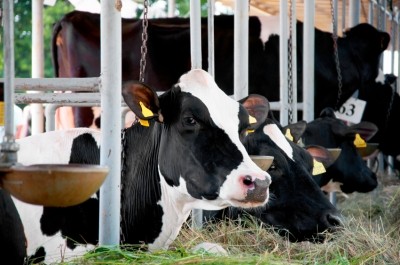Canadian corn yield predicted to drop, more wheat and barley to hit feed markets

A report on feed and grain production from an attaché with the US Department of Agriculture’s (USDA) Foreign Agricultural Service (FAS) offered insight into production levels and feed ingredient movement.
Total production for feed grains in 2016/17 is expected to increase, based on yield from crops including wheat and barley, despite a smaller area being planted, said the attaché. “Total production of Canadian wheat, barley, corn and oats is forecast to increase to 54.4m metric tons (MMT) in 2016/17, up 3% from marketing year 2015/16,” she added.
“Quality issues with oats and wheat may pose a challenge for what remains to be harvested due to excess moisture,” she said. “Expect to see corn production down in 2016/17 from last year with a return to average export levels as the Canadian dollar strengthens.”
Periods of snow and rain had delayed harvest progress in parts of the country, the attaché added. However, that slowdown is expected to alleviate the potential for shipping bottlenecks.
Corn
Canadian corn production in 2016/17 is predicted to decrease about 6% from 2015/16 levels, to 12.8m metric tons, said the agency. “Post’s forecasted production is lower than USDA’s, which is expected to translate into lower import numbers,” it added.
Corn yield is also expected to drop about 6% from what was recorded in 2015/16, the agency said.
Wheat, barley and oats
Wheat yields have been strong across Canada, but wet weather during the harvest has downgraded some quality, the attaché said. The drop in quality could mean more wheat funneled to the feed sector.
Wheat production for 2016/17 is expected to be about 29.2m metric tons, an increase of about 6% from 2015/16, said the FAS. The production is similar to amounts seen in 2013/14 and improved yields for 2016/17 are expected to support growth even though fewer acres were planted.
However, the average protein content for the 2015/16 spring wheat crop has been reduced from the previous year, the agency said. Spring wheat protein is noted at 13.7%, down 0.4 percentage points, while durum wheat is down 1 percentage point to 12.9%.
“Post maintains market year export levels below USDA official numbers due to recent snow, frost and rain events in Alberta and Saskatchewan that has halted the fall harvest,” said the attache. “Moisture and frost damage are expected to cause quality downgrading in wheat destined for exports, relegating it to feed use. Therefore, Post has revised feed use up from USDA’s estimates to reach 4.3m metric tons representing an 11% increase from the previous year.”
Barley production in 2016/17 also is improved from the previous year, she said. It has increased by about 3% to 8.5m metric tons. “Given softer world feed barley prices, Canadian cattle and hog production are expected to rise in 2016/17, leading Post to forecast higher barley feed use than USDA’s estimate,” she added.
“Production forecasts are up due to near-record yields in 2016/17 despite seeded and harvested areas being down from 2015/16,” she said. “Post is projecting more optimistic harvested acreage than USDA’s official number to more closely reflect the historical proportion of area harvested to area seeded of 90%.”
Exports are expected to increase based on global demand, said the agency. But, protein content for the 2015/16 crop is averaging about 11.3%, which is slightly low.
Oat production however is expected to fall by about 13% to a level of 3m metric tons, said the attaché. “The decline is attributed to lower seeded area and yields with excess moisture affecting quality in the western provinces,” she added.
Reports have suggested mixed quality in the oat crop stemming from rain and snow damage to fields that have yet to be harvested, she said.
“Post is forecasting strong beginning stocks in 2016/17 providing an export opportunity for Canadian oats,” she said. “Post expects that lower production and good export opportunities will translate into a lower carryout for oats in 2016/17.”











